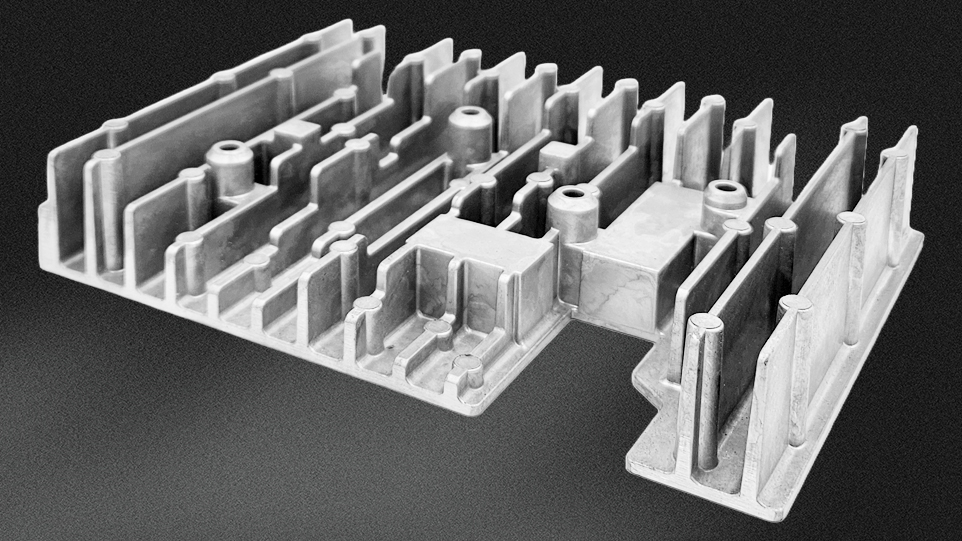- Home
- Knowledge
- Case Studies
- Thermal Technology Spotlight
Thermal Technology Spotlight
Understanding Heat Sink Performance

Heat Sink Fundamentals:
Natural vs. Forced Convection
Heat sinks work by transferring heat away from components, helping them maintain safe operating temperatures. The performance of a heat sink largely depends on convection, which can be either:
Natural Convection
- Relies on air movement caused by temperature differences
- No fans or blowers required
- Quieter, energy-efficient, and ideal for low-power systems
Forced Convection
- Uses fans or other active airflow devices
- Dramatically increases heat dissipation efficiency
- Ideal for high-power or enclosed environments
Aluminum Extrusion vs. Die-Cast Heat Sinks
Both manufacturing methods have their strengths, depending on design complexity, performance, and production volume.
Recommendation:
- Use extruded heat sinks for high thermal performance and simple shapes
- Use die-cast heat sinks for compact, intricate designs where space-saving is critical
| Feature |
Extruded Aluminum |
Die-Cast Aluminum |
| Structure |
Linear fin profiles |
Complex, 3D geometries |
| Surface Finish |
Smooth, uniform |
Can require post-treatment |
| Thermal Conductivity |
Higher (due to material purity) |
Slightly lower |
| Design Flexibility |
Limited to straight profiles |
Highly customizable shapes |
| Cost Efficiency |
Ideal for medium/large runs |
Cost-effective for high volumes |
How to Choose the Right Heat Sink Based on Power
Proper thermal management starts with power output. Here's a basic guide:
Don't forget:
- Selection also depends on ambient temperature, material, surface area, and airflow conditions.
| Power Dissipation |
Suggested Type |
Cooling Method |
| 0–10W |
Small extruded heat sink |
Natural convection |
| 10–50W |
Medium extruded or die-cast |
Natural or assisted |
| 50W+ |
Die-cast with fins + fan |
Forced convection or heat pipe |